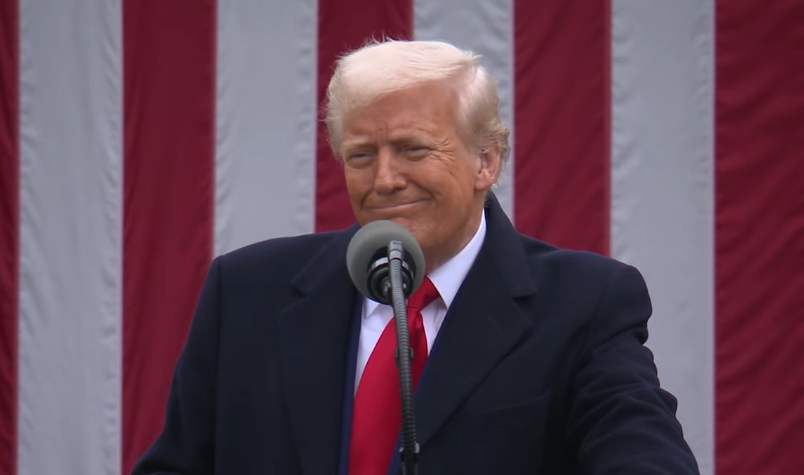U.S. President Donald Trump established 1,037 exceptions to reciprocal tariffs, classified in the harmonized system at the eight-digit level.
Among the excepted products are copper ores, liquefied natural gas, arsenic and vitamins.
Exceptions to reciprocal tariffs
Trump’s reciprocal tariffs seek to match the trade taxes that other nations impose on U.S. imports of goods, taking into account a metric on currency manipulation and trade barriers.
According to a White House memo, the U.S. has one of the most open economies with the lowest tariffs in the world. However, it has been treated unfairly by several trading partners, which has contributed to a persistent annual trade deficit in goods.
Nonetheless, all tariffs that nations charge on imports of U.S. goods were agreed to in bilateral, regional or multilateral agreements.
Here are some exceptions to Trump’s reciprocal tariffs, by way of examples:
- Copper ores and concentrates.
- Cobalt ores and concentrates.
- Natural graphite.
- Aluminum ores and concentrates.
- Zinc ores and their concentrates.
- Natural gas, liquefied.
- Propane, liquefied.
- Butanes, liquefied.
- Ethylene, propylene, butylene and butadiene, liquefied.
- Electric power.
- Iodine.
- Boron.
- Arsenic.
- Selenium.
- strontium
- Folic acid.
- Niacin.
- Vitamins.
- insulin
- Medications containing antibiotics.
- Newspapers.
- Printed globes.
Arguments of the Trump Administration
The White House made the case that while foreign markets remain closed, U.S. exports are constrained, and the country’s open markets allow for large volumes of imports. This situation hurts U.S. workers and industries.
According to the January 20, 2025 Presidential Memorandum, this lack of reciprocity affects economic and national security, weakens the industrial base and the country’s competitiveness.
This document adds that fairer and more balanced trade would help reduce the deficit, strengthen the economy and benefit all U.S. productive sectors.
The United States will apply a new 10% tariff on all global imports. In addition, individualized reciprocal tariffs will be imposed on 57 jurisdictions. This measure is part of its more aggressive trade strategy.
With this approach, China will face a reciprocal tariff of 34%. The European Union will have 20%. In the case of Vietnam, the tariff will be 46%, while Taiwan will receive 32%. Japan will face 34% and South Korea 25%.

